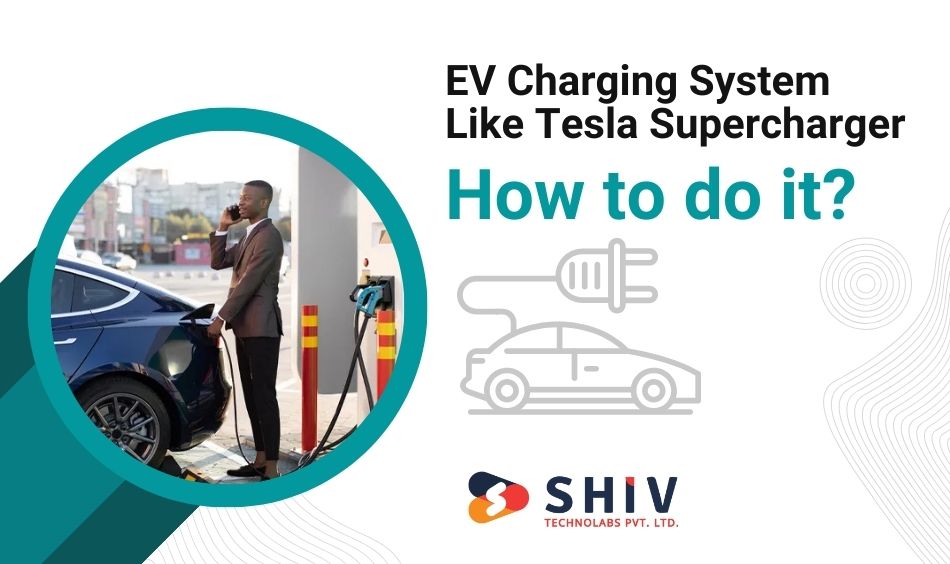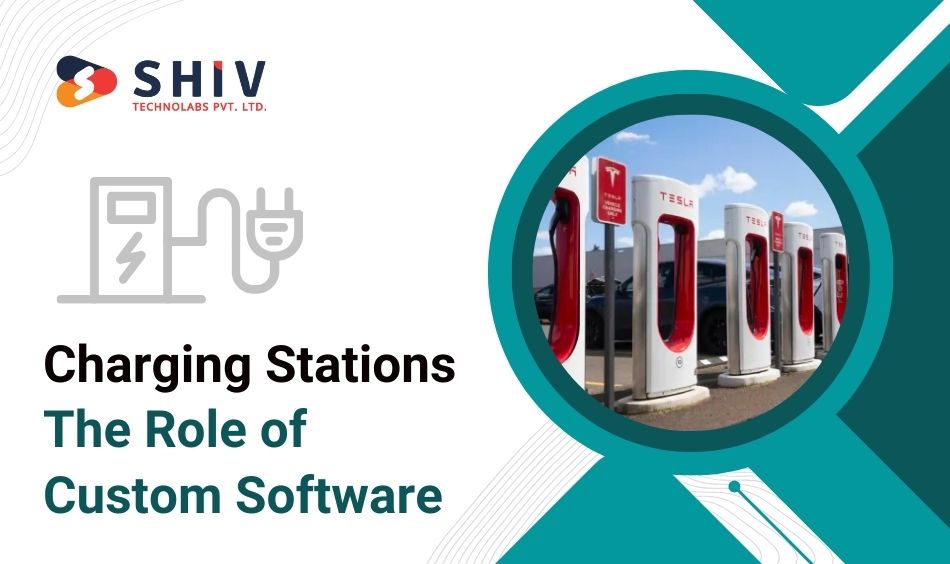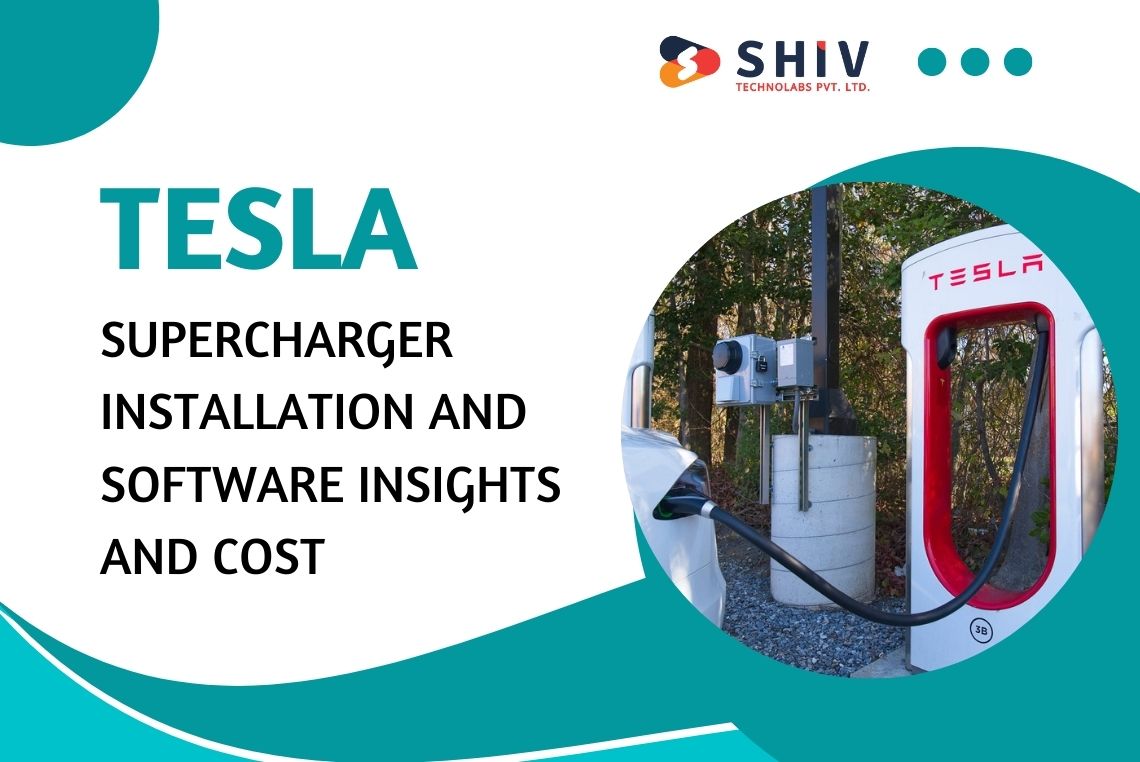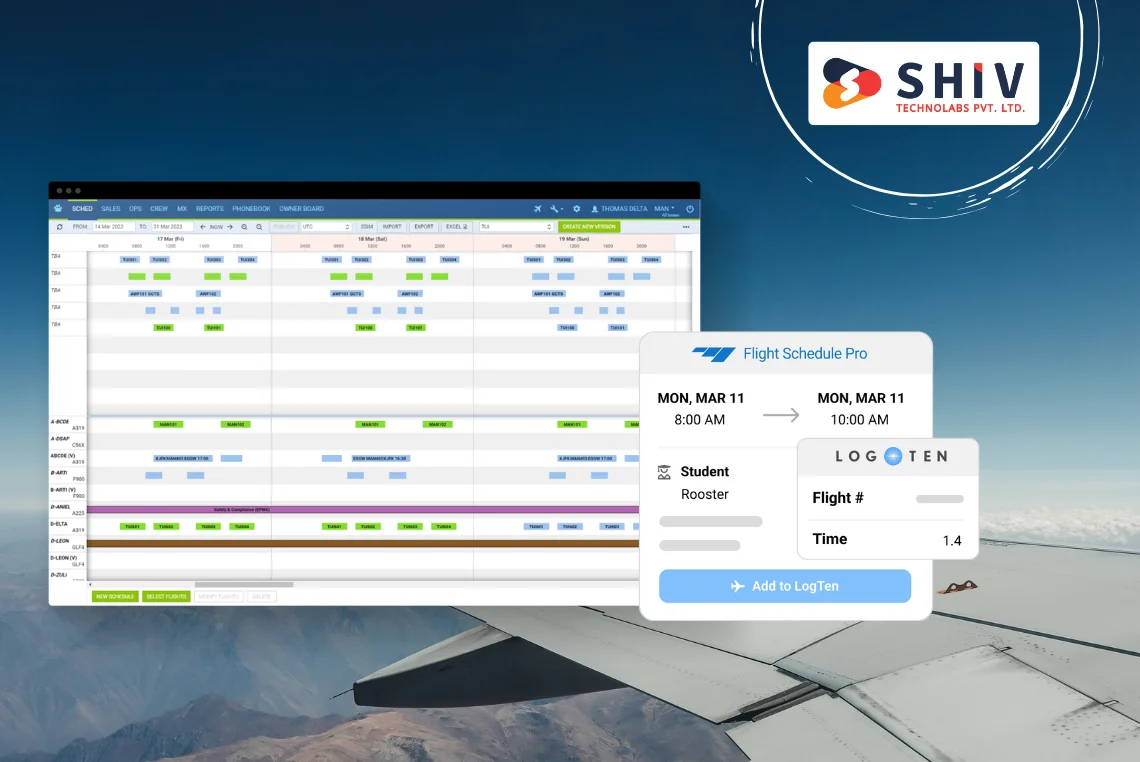Table of Contents
The Edison Electric Institute predicts that 26 million electric vehicles will be on the road in the US by 2030. We will need a lot of EV charging infrastructure to counter this surge, which means a huge need for 140,000 fast charging ports – ten times the current number.
McKinsey’s estimates are even more extreme, portraying the US administration’s goal of slashing 2030 sales of gas-powered cars in half to 500,000 vehicles. This year’s gap would require 1.2 million public EV charging stations and 28 million private chargers.
It represents an abundant opportunity for businesses and entrepreneurs to invest in public charging stations. However, as these chargers have slower charging times than L1 and L2 chargers, focus should be placed on L3 chargers like Tesla Superchargers that charge much faster.
One of the primary considerations when contemplating entering the EV charging market is the cost of building a system like the Tesla Supercharger. Estimates put this cost at $60-$350.000.
EV Charging System Like Tesla Supercharger: How to do it?

The development of EV charging management software will require various steps. If they are carried out with diligence, it will be very easy to create EV software.
1. Define Requirements
First, you need to decide exactly what you need in your fast-charging software. You want to explore user authentication, payment processing, charging station availability, reservation system, and real-time charging data. This also includes integration with mapping and navigation services.
2. Design the User Interface
Next, we’ll develop an intuitive, user-friendly interface working on mobile and web. But you’ll also want to consider how to locate nearby charging stations. Then you need to monitor the status of current charges, start a charge session, and easily view billing information.
3. Backend Development
Create a setup that will scale well and have the ability to authenticate the user, store data, process payments, and communicate with the charging stations. The business of building the backend will involve APIs that will allow us to interact with the frontend backend components.
4. Charging Station Integration
You need to take care of the EV adoption hurdle: EV charging interoperability. The various charging hardware (like charging stations) are deployed at the charging stations through common standards (like OCPP — Open Charge Point Protocol). This also supports multiple EV models and ensures compatibility with various charging standards (such as CCS and CHAdeMO).
5. Real-time Data and Monitoring
The next phase will consist of implementing a device for the collection and display of real-time. It also includes charging data, such as current charging rate, time remaining, charging station availability, etc. This helps users choose whether to charge based on this information and will optimize EV charging times.
6. Payment Integration
To set up or build a properly secure payment gateway (to comply with, e.g., PCI DSS), this allows the processing of user payments for charging sessions. Add features like prepayment, post-payment, and subscription plans, and integrate with popular payment providers. This also uses many different payment methods to increase the service’s accessibility to the charging software.
7. Security and Authentication
Use robust security instruments to protect user information from hacking and unauthorized access. This will also help to secure financial transactions. It also includes encrypting all data, using secure authentication protocols, and performing regular security audits to make the system immune to misuse.
8. Testing and Quality Assurance
Once the software is developed, you want to run exhaustive testing of software and infrastructure — to find bugs, compatibility issues, vulnerabilities — etc. Thorough functional, performance, and security testing are conducted before software deployment.
9. Scalability and Expansion
Create scalability of the software for the increasing amount of users and charging stations. Think of interoperability with other charging networks and compliance with future emerging standards so you can expand.
How Much Does it Cost to Install a Supercharger?
Because location, permitting, and installation determine the cost, installing a Tesla Supercharger can be expensive. On average, the installation cost of a supercharger can cost as little as $50,000 up to $150,000. Equipment, installation, plus infrastructure such as electrical or site preparation. The installation cost factors are as follows:
- Location: This includes larger urban areas, which have higher installation costs due to differences in zoning regulations and labor rates.
- Permitting: All this can be lengthy and expensive, depending on the local regulations.
- Electrical Infrastructure: Superchargers can increase costs on a site where an upgrade to the electrical system might be required to handle a particular site’s power demand.
- Site Preparation: The installation itself is not the responsibility of anyone other than the seller or you.
If you are planning to install a Tesla Supercharger on your property or need any other related information, please contact Shiv Technolabs for more information.
Charging Stations: The Role of Custom Software

Custom software solutions are many operators’ answer to meeting the ever-increasing demand for charging infrastructure. The best custom software development services can build applications that match your charging station needs. The various benefits of custom software are as follows:
- Operational Efficiency: With custom software, running reports from your usage to maintenance schedules.
- User Experience: An interface that is friendly to a user can improve customer satisfaction and repeat usage.
- Integration: Custom solutions can be designed to work nicely with your current operations.
What’s the Price (From a Software Perspective) to Install a Tesla Supercharger?
It also doesn’t hurt to look into how much a Tesla supercharger costs to install because, like any other station that wants to be used, it must be managed by software. Your primary focus might be on hardware installation, but adding the software components can cost an extra $10,000 to $50,000, depending on what you need. Some of the key software components are as follows:
- Payment Processing: Make sure to put extra security payment gateways for customer transactions.
- Data Analytics: To optimize operation systems and customer experience, as well as collect and analyze data.
- Remote Monitoring: Various systems allow you to monitor the status of a charger, troubleshoot problems, and keep things running.
How can custom software be integrated into your charging station project? Contact Shiv Technolabs for a consultation to learn more.
Tesla Superchargers and Charging Infrastructure’s Future
The more the EV market grows, the more charging stations you will have. However, companies investing in developing this infrastructure will reap the rewards later. Some of the famous trends to watch out for are:
- Expansion of Charging Networks: The number of charging stations should increase significantly, especially in urban spaces and on major highways.
- Technological Innovations: We will see innovations around faster charging and smarter systems.
- Sustainability Initiatives: With global environmental goals in mind, more operators will aim to sell the charging stations on sustainable energy sources.
Conclusion
The installation of a Tesla Supercharger or building a Tesla charging station is a multilayered journey involving cost, technical, and strategic considerations. Tesla Superchargers can cost between $50,000 and $150,000, while standard chargers will run between $30,000 and $100,000. But if you get the right custom software development services, they can improve workflow and user experience, making the whole thing pay off.
If you are thinking about entering the EV charging market, you should know more about what Shiv Technolabs can do to help you take this step. If you can make the appropriate decisions and apply the newest techniques, you can have a bright future with electric vehicle infrastructure in this highly developing field.



















